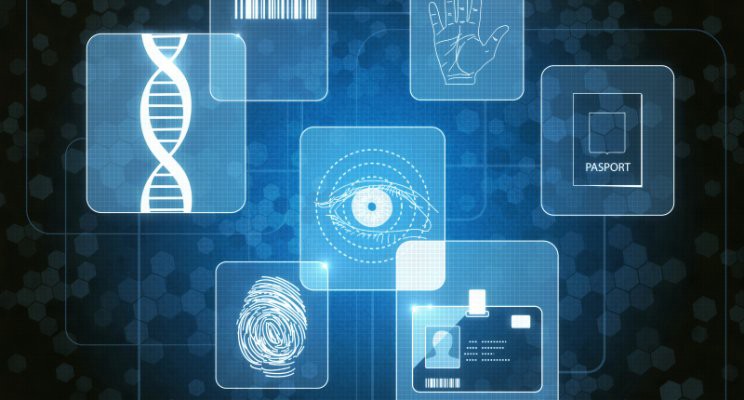
The Internet of Things (IoT) is extremely important in the biometric industry. It’s used in systems like voice recognition, iris scanners, fingerprint scanners, face recognition, and so on.
Biometrics are distinctive human characteristics such as the face, fingerprints, and eyes, among others. They are used in biometric identification systems that are automated. To login into a system or any other, we use fingerprints or eye scanners based on the organization.
Table of Contents
Biometrics
Biometrics is a growing technology in every industry. It is the act of verifying login attempts by users based on unique characteristics such as fingerprints, eyes, face, and voice.
Biometrics: The Future of Internet of Things Security
With the advent of the internet of things, every digital device desires to connect to the internet to expand and improve its functionality. These devices process massive amounts of data and run applications with the help of an internet connection. Other devices, such as home appliances, can now connect to the internet and use their capabilities.
Passwords and pins are simply insufficient to protect these devices, which contain vast amounts of sensitive information. The main goal of the internet of things is efficiency, which is impossible to achieve with mediocre security techniques. Hackers can easily guess passwords, and users may forget or share passwords, so passwords are not unique to each individual and are thus unsuitable for IoT devices. Although two-factor authentication improves security, it is inconvenient for the end-user.
Biometrics is the combination of physical characteristics that are distinct and exceptional to each individual. Iris patterns, fingerprints, vein patterns, and other biological characteristics are examples of biological characteristics. Because these characteristics differ from person to person, it is difficult to hack a device protected by biometrics such as one’s iris print or fingerprint.
How does biometrics work in the context of IoT technology?
Biometric security exists at every stage of the IoT process. As we progress from one stage to the next, biometrics such as fingerprint security to smartcards may change. This is done to provide a more personalized and secure experience for the end-user in IoT. Untampered data ensures that connections are fast and secure.
Biometrics’ Role in the Internet of Things
Biometrics ensures that your data transfers are secure and that the connections between them are secure. Biometrics is an important security feature in IoT safety pro tools. Because physical characteristics are unique to each individual, using them as a means of authentication results in fewer security breaches. It becomes extremely difficult to forge or duplicate an individual’s biometrics.
The operation of a fingerprint scanning system
It begins with the enrollment process, in which the user scans his fingerprint on the device, and the machine records or scans the print. The machine extracts features from the finger, which is typically a thumb and saves them to a server. It saves this critical information. When the user scans his fingerprint again, the machine creates a template and compares it to the original one in the database. If a match is found, the person is added to the system. If not, the login fails and the user is redirected to the homepage.
The operation of eye scanner systems follows a similar pattern.
Conclusion
So, in the IoT domain, this was all about biometrics. As an example, we learned about biometrics and how a fingerprint scanning system works. We hope that our explanation was clear.

